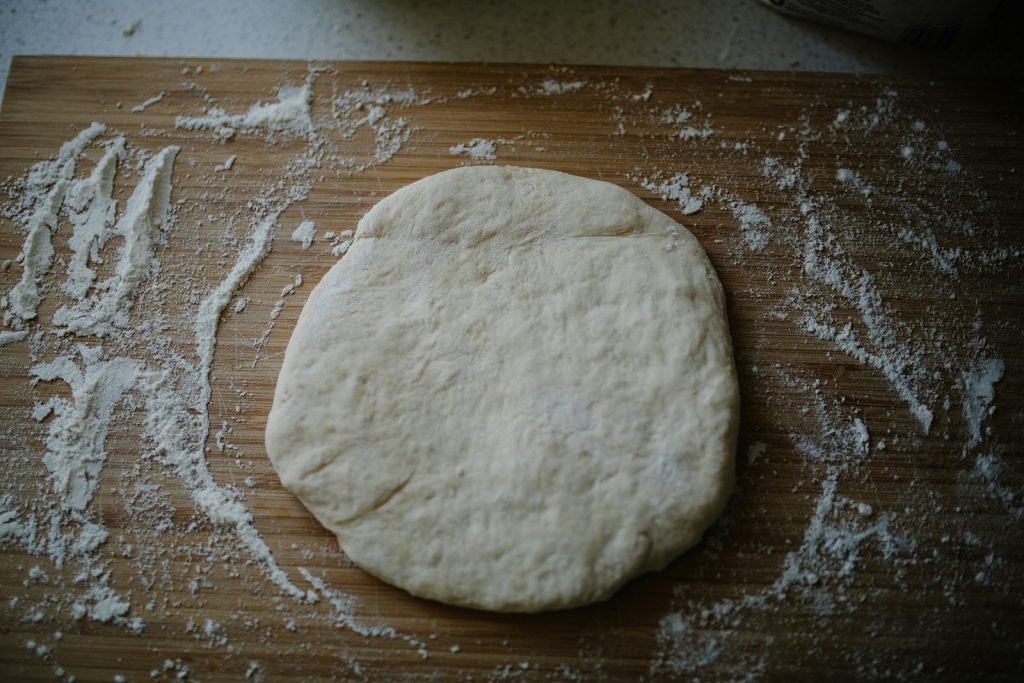Living gluten free is tough. That first trip to the grocery store or a restaurant is utterly overwhelming. When first getting diagnosed, it seems like a relief since all you have to do to treat it is just not eat gluten. This is when you realize you were wrong. It isn’t going to be easy avoiding that one thing but with some time and energy studying, you’ll totally get it and be able to eat easily and safely in no time.
What is gluten?
Gluten is a protein that gives bread and pizza dough their gooey stretch. Wheat, barley, and rye are the most common sources. In people with celiac disease, gluten causes damage to the cilia, the hair-like structures found in the small intestine which help you absorb what you need from food. Overtime eating gluten will cause damage and smooth the inside of your intestine causing issues like bloating, diarrhea, malnutrition, brain fog, and even skin issues.

Strategies for avoiding gluten
The first step in buying gluten free food is knowing what is just gluten free by default. This will help you feel better about losing bread, cookies, cakes, pizza, etc… Fruits, vegetables, dairy, and eggs are still your friends. Be careful when purchasing things like yogurt and ice cream but this isn’t a problem when you learn about how gluten free items are labeled. Items that are certified gluten free will have a logo that looks similar to these.
Another tool in your arsenal is the nutritional label. All big eight allergens are required to be labeled by law as part of the nutritional label. Thanks to this requirement you can quickly tell if an item contains wheat that it just is not for you anymore.
When going out to eat, go look at the restaurant’s online menu or call and ask plenty of questions. Many places now have a gluten free menu or mark which items can be made gluten free. Very few places in my experience have a separate gluten free kitchen and as such your food may come into contact with gluten containing items. The most common sources for this in the kitchen are deep fryers, cutting boards, flat top grills, gloves, and utensils. This is why it is also critical you let your server or bartender know that you are gluten free and make sure they write it down when they read your order back to you. The best restaurants have extra steps their employees take to prevent contaminating your food such as cleaning stations and using new gloves and utensils. These are usually corporate restaurants whether they be large or small. Do not expect your local sports bar or diner to be as accommodating unless you know the owner or they are related to someone with celiac disease.

Leave a Reply